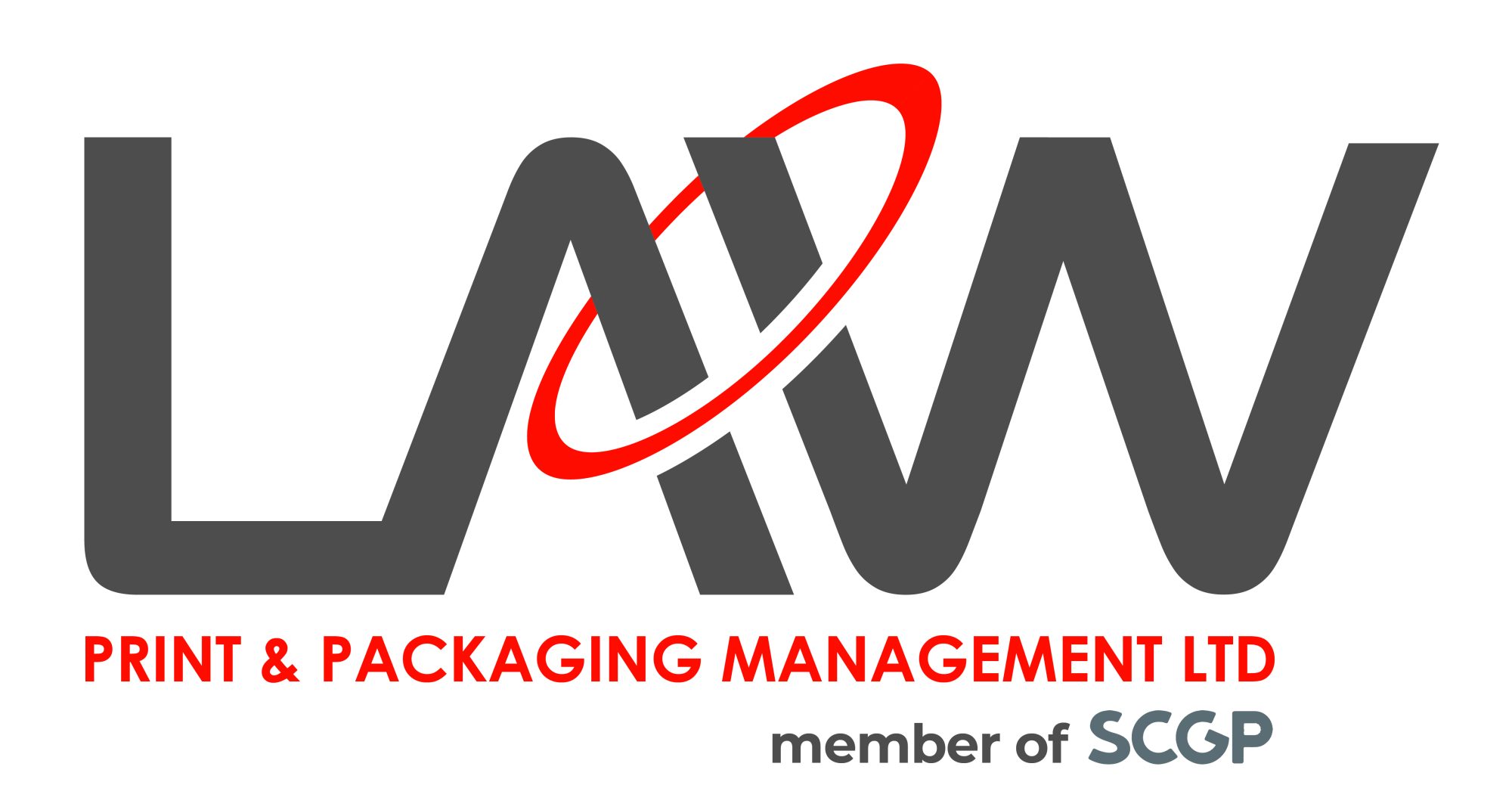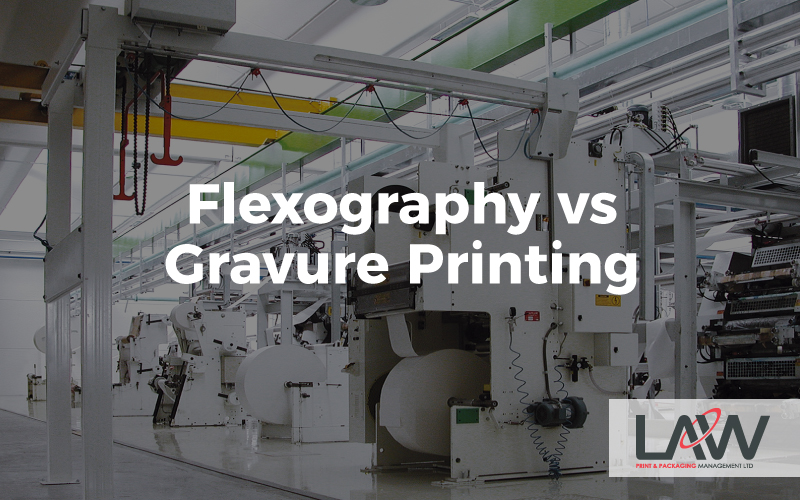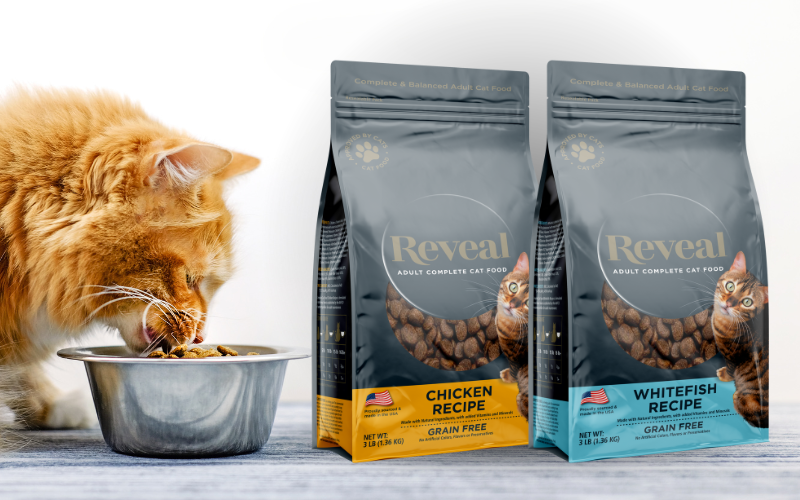So, you’ve been tasked to source the most cost-effective packaging, without compromising pack quality. Trying to find the perfect format, features, materials and finishes can be a headache. Add to this the crucial decision on printing methods and we can understand why you’d feel a bit lost.
Our team have created this helpful guide to explain the pros and cons of the most common print technologies used in packaging to answer the simple question: flexographic printing vs gravure printing – what’s the difference?
What is flexographic printing?
Flexographic printing, also known as flexo printing, is a relief printing technique, similar to letterpress whereby the ink is transferred from a raised printing plate using fast-drying inks onto the chosen substrate. Flexographic printing is continually advancing, with improvements in the presses, plate making and ink technology all of which have increased demand for this method of printing in packaging.
What is gravure printing?
Gravure printing or rotogravure is an intaglio printing process that uses rotary printing capable of producing continuous tone images. Large copper-plated steel cylinders are engraved with the chosen design using a laser or diamond-tipped stylus. The engravings are referred to as ‘cells’ and are etched in differing depths, with deeper cells providing a more intense colour.
Advantages of flexographic printing
- Production speed – machinery runs at extremely high press speeds, even faster than rotogravure
- Diverse applications – Flexography printing can be used on a wide variety of substrates including both paper and plastics.
- Lower costs – plate costs are low thanks to developments in plate technology, so for small volumes flexography is less expensive than offset lithography.

Disadvantages of flexographic printing
- Costs – The cost of printing plates can still be high for flexography, although the development of new plate materials has made the pricing more competitive
- Print Quality – Flexo printing does not support continuous tone images, so is very difficult to achieve the same print quality possible with rotogravure, especially for complex artworks.
- Colour Intensity – Colour vibrancy with flexography is not as strong and crisp as rotogravure printing
Advantages of gravure printing
- Intricacy – Gravure printing is the only high-speed and volume print process capable of printing continuous tone images, also known as the vignette effect
- Print Quality – As a direct print process gravure printing results in better ink laydown and more consistent print quality
- Production Speed – Printing times are quick, with modern presses able to produce up to 14m of film per second.
- Durability – Gravure cylinders are extremely durable and can be used for several print runs.

Disadvantages of gravure printing
- Origination costs – The initial cylinder set-up costs can be very high. However, these costs are a one-off and when used for regular print jobs, cylinders will not need to be replaced for at least 18 months.
- Production Costs – Gravure printing is not always as competitive in price as other printing methods, especially for shorter print runs but is very competitive when compared to Far East suppliers
- High Order Volumes – Set-up costs will demand higher minimum order quantities for rotogravure printing but MOQs have considerably lowered in recent years
What’s best for your packaging?
We admit it can be difficult to understand the real difference between flexographic print and gravure print. Unless you have a sample of an identical artwork in flexo and another in gravure you won’t always truly appreciate the vast improvement gravure print can make to the overall look and feel.
The balance between cost and quality always involves difficult compromises for brands. At Law Print Pack we use up to 12 colours of flexographic printing in the manufacture of paper bags. However, when it comes to flexible packaging we believe that the finished quality of gravure printing far outweighs what can be achieved by flexo.
Want more information on Flexographic printing vs Gravure printing? If you’re looking to convince your team that gravure printing is worth the investment and need some support, then click here or contact our team today at +44 (0) 161 440 7302.
Subscribe to our newsletter for all the latest packaging news and insights


